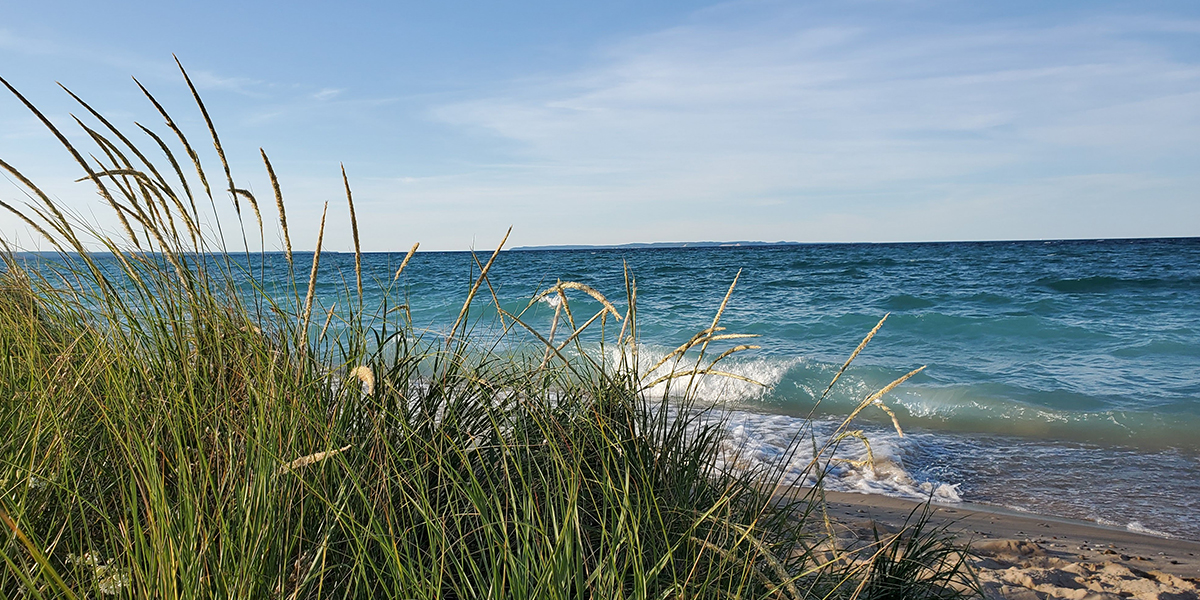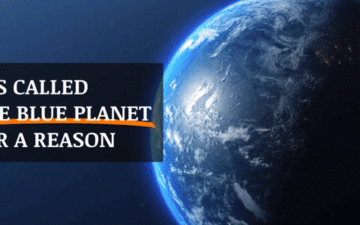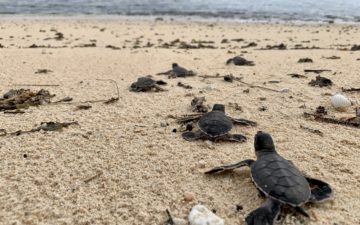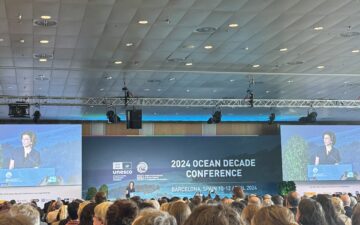Invest in a healthy coastal ecosystem, it will enhance human well-being. And, it will pay us back many times over.
Note: Like a number of other organizations, Earth Day Network moved its 50th Anniversary Celebration online. You can find it here.
The 50th Anniversary of Earth Day is here. And yet it’s a challenge for us all. Hard to think about Earth Day while spending so much time indoors, away from an invisible threat to our health and that of our loved ones. Hard to visualize how much cleaner the air and water has become in just a few short weeks thanks to our staying home to “flatten the curve” and save lives. Hard to call for everyone to address climate change, to reduce pollution, and limit consumption when 10% of our nation’s workforce is filing for unemployment, and an estimated 61% of our nation’s population has been negatively affected financially.
And yet, we can look at it another way. We could start thinking about how to take the next steps for our planet in the best way possible for our communities. What about taking the climate-friendly actions that are a good investment? Good for short term stimulus and restarting the economy, good for emergency preparedness, and good for making us all less vulnerable to respiratory and other ailments? What if we can take actions that provide outsized economic, health, and social benefits for us all?
We can think about how to flatten the curve on climate disruption and visualize climate disruption as a shared experience (not unlike the pandemic). We can reduce or eliminate our greenhouse gas emissions, creating additional jobs in the transition. We can offset the emissions we cannot avoid, something on which the pandemic may have given us a new perspective. And, we can anticipate the threats and invest in preparation and future recovery.
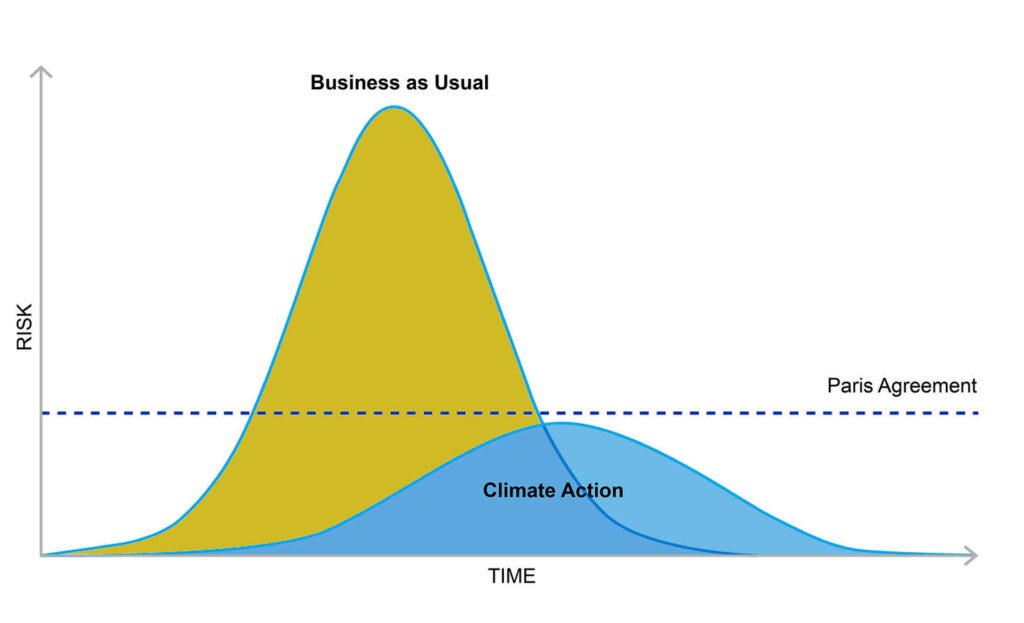
Among the people on the front lines of climate change are those who live on the coast and are vulnerable to storms, storm surges and sea level rise. And those communities need to have built-in recovery systems for a disrupted economy—whether it’s caused by toxic algae blooms, a storm, a pandemic or an oil spill.
Thus, when we can identify threats, even if they are not imminent, then we should do all we can to be prepared. Just as those who live in hurricane zones have evacuation routes, storm shutters, and emergency shelter plans—all communities need to make sure they have the necessary measures in place to protect people, their homes and livelihoods, the community infrastructure and the natural resources on which they depend.
We cannot build a bubble around vulnerable coastal communities as a long-term defense against changes in the ocean’s depth, chemistry, and temperature. We cannot put a mask on their faces, or tell them to #stayhome and then mark off a safety checklist as completed. Taking action on the coast is investing in both a short- and long-term strategy, one that produces greater preparedness for emergencies and supports the day to day well-being of human and animal communities.
Untold millions of acres of mangroves, seagrass, and salt marsh have been lost to human activities in the U.S. and around the world. And thus, this natural defense system for coastal communities has been lost as well.
Yet, we’ve learned we cannot rely on “gray infrastructure” to protect promenades, roads, and houses. Massive concrete sea walls, piles of stones and rip-rap cannot do the job of protecting our infrastructure. They reflect energy, they do not absorb it. Their own magnification of energy undermines them, batters and breaks them. The reflected energy scours away sand. They become projectiles. Too often, they protect one neighbor at the expense of another.
So, what is a better, longer lasting infrastructure investment? What kind of protection is self-generating, mostly self-restoring after a storm? And, easy to replicate?
For coastal communities, that means investing in blue carbon—our seagrass meadows, mangrove forests, and salt marsh estuaries. We call these habitats “blue carbon” because they also take-up and store carbon—helping to mitigate the effects of excess greenhouse gas emissions on the ocean and the life within.
So how do we do this?
- Restore blue carbon
- replanting mangroves and seagrass meadows
- replumbing to restore our tidal marshlands
- Protect what we have left
- redesign coastal development to protect, not destroy habitats
- change boater behavior to protect habitat
- Create the environmental conditions that support maximum habitat health
- clean water-e.g. limit runoff from land-based activities
- no dredging, no nearby gray infrastructure
- lower-impact, well-designed infrastructure to support positive human activities (e.g. marinas)
- address harm from existing derelict infrastructure (e.g. energy platforms, extinct pipelines, ghost fishing gear)
- Allow natural regeneration where we can, replant when needed
What do we get in return? Restored abundance.
- A set of natural systems that absorb the energy of the storm, the waves, the surges, even some of the wind (up to a point)
- Restoration and protection jobs
- Monitoring and research jobs
- Enhanced fishery nurseries and habitats to support food security and fishing-related economic activities (recreational and commercial)
- Viewsheds and beaches (rather than walls and rocks) to support tourism
- Runoff mitigation as these systems clean the water (filtering waterborne pathogens and contaminants)
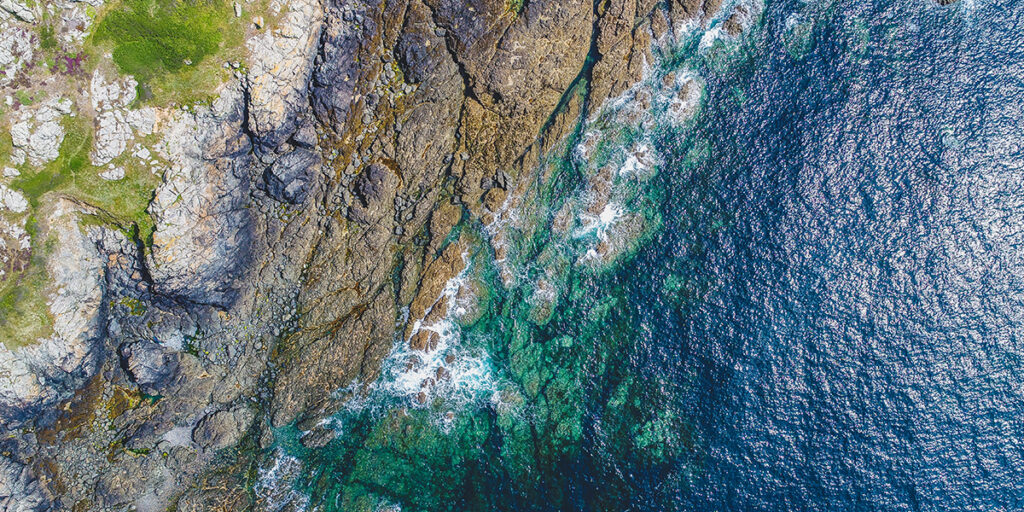
There are multiple societal benefits from clean water, more abundant fisheries, and restoration activities. The carbon sequestration and storage benefits of coastal ecosystems surpass those of terrestrial forests, and protecting them ensures that the carbon is not-re-released. In addition, according to the High Level Panel for a Sustainable Ocean Economy (of which I am an advisor), nature-based solution strategies in wetlands have been observed to “ensure greater gender parity as ocean-based industries expand and improve income opportunities and livelihoods.”
The restoration and protection of blue carbon is not just about protecting nature. This is wealth that governments can create for the entire economy. Tax cuts have starved governments of resources just when they are most needed (another lesson from the pandemic). The restoration and protection of blue carbon is a responsibility of government and well within its competencies. The price is low, and the value of blue carbon is high. The restoration and protection can be accomplished through expanding and establishing new public-private partnerships, and catalyzing innovation that will create new jobs as well as greater food, economic, and coastal security.
This is what it means to be resilient in the face of massive climate disruption: to make the investments now that have many benefits—and offer a way to stabilize communities as they rebound from significant disruption, no matter what causes it.
One of the organizers of the first Earth Day, Denis Hayes, recently said that he thought that the 20 million people who turned out to celebrate were asking for something far more extraordinary than those who were protesting the war. They were asking for a fundamental change in the way the government defended the health of its people. First, to stop pollution of air, water and land. To limit the use of poisons that killed animals indiscriminately. And perhaps most important, to invest in those strategies and technologies to restore abundance for the benefit of all. At the end of the day, we know that the investment of billions in cleaner air and cleaner water provided a return to all Americans of trillions—and created robust industries dedicated to those goals.
Investing in blue carbon will carry similar benefits—not just for coastal communities, but for all life on earth.
Mark J. Spalding, President of The Ocean Foundation is a member of the Ocean Studies Board of the National Academies of Sciences, Engineering, and Medicine (USA). He is serving on the Sargasso Sea Commission. Mark is a Senior Fellow at the Center for the Blue Economy at the Middlebury Institute of International Studies. And, he is an Advisor to the High Level Panel for a Sustainable Ocean Economy. In addition, he serves as the advisor to the Rockefeller Climate Solutions Fund and the Credit Suisse Rockefeller Ocean Engagement Fund (unprecedented ocean-centric investment funds) and is a member of the Pool of Experts for the UN World Ocean Assessment. He designed the first-ever blue carbon offset program, SeaGrass Grow. Mark is an expert on international environmental policy and law, ocean policy and law, and coastal and marine philanthropy.
